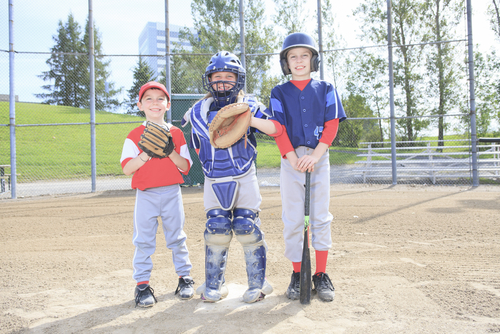
Injuries to the face and mouth are emotionally upsetting as well as physically damaging. It’s extremely important to have medical and dental care by experts who know how to address the psychological, medical, and aesthetic elements of recovery. This blog will cover the most common causes of facial trauma and the types of injuries that may occur. As with most injuries, prevention is the best medicine, so we will cover tips in avoiding facial trauma all together!
Most Common Causes of Facial Trauma: There are many ways in which the face can be damaged. Accidents, falls, automobile crashes, work related injuries, and interpersonal violence are among the most common causes for adults. For children, sports related injuries are the leading cause. Children who participate in contact sports, cheerleading, and gymnastics are especially at risk, especially for dental trauma. Dental trauma accounts for 17% of injuries to the body for children, according to the American Dental Association, compared to 5% across all ages. It is most frequently observed in males compared to females, and usually involves the front teeth.
Types of Injuries: Every year about 3 million people are treated for facial trauma according to the American Association of Oral and Maxillofacial Surgeons. Soft tissue trauma includes any cuts to the face or gums. Avulsed, or knocked out teeth are another type of injury, and must be dealt with immediately to increase the chances for reimplantation. Bone injuries, such as fractured jaws, cheekbones, and noses can also occur as well as damage to the nerves in the eyes, face and salivary glands. It is extremely important to have facial trauma assessed and treated by an expert in facial trauma. Besides the aesthetic reasons, serious health complications can occur, even from a small amount of damage. Depending on the location of the injury, speech, swallowing, and breathing can be affected. For dental injury, teeth that are loose in their sockets can make eating difficult and cause speech impediments. Chipped, broken, or misaligned teeth can cause TMJ and other functional problems, in addition to the loss of confidence in your appearance.
What You Can Do to Prevent Injuries: Using a mouthguard during sports or other high-risk activities is the most effective way to prevent injury. Studies in high-risk populations for facial trauma show relatively low compliance in using mouthguards. We can also recommend helmets, face shields, and protective eyewear that can further reduce your risks. The spring season seems to bring an increase of children to the emergency room as kids are eager to get on their bicycles, skateboards, and swing sets. As a parent, educate your child in safety measures and supervise their activity.
When facial trauma does happen, quick action is important. Please call us as soon as possible so we can best advise and support you in your recovery. Accidents happen, and when they do, we want to help!